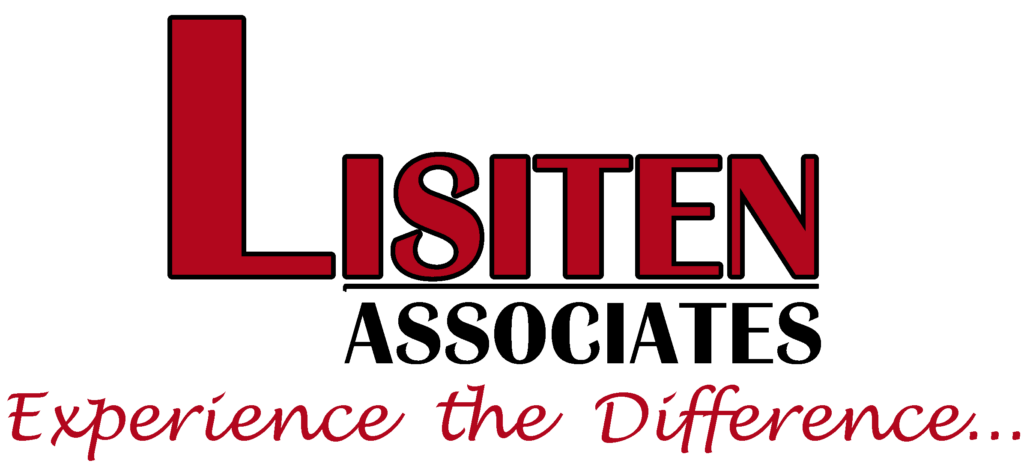Does your business have an orphan product or service that is doing okay, but doesn’t seem to fit into your core business? Many companies, private equity groups and even some individual buyers are seeking product lines to augment existing ones, or even to build a business around. Here are just a few of the reasons why a company might want to divest itself of a product line or even a particular service:
- It may not be a good fit for the parent company, thus diffusing efforts that could be placed into the core business.
- Because it is an orphan, it is a distraction.
- It man be a break-even side business that with a full-time effort could be profitable, but resources are better devoted to the core business or service.
- The money received could be used to expand the core business or fund some improvements that are not currently budgeted.
Certainly, there can be some disadvantages in allowing the adoption of an orphan – on both sides. There is the all-important people issue. Some valuable employees may be attached to the product line – and may go with the sale or decide to leave and move on. This can negatively impact both sides of the transaction. It can also have a negative impact on the selling company’s employees when the selling or purchasing company releases employees. There are cultural issues to consider. The product may be a more important part of the selling company than management thought. It may have played a role in selling other products or services. The distribution channels may play a role in other product lines. It is important for management to consider whether the orphan is really an orphan before selling it off.
On the plus-side for the acquiring company, the addition of the product line may be a perfect fit for their existing distribution chain. The brand name acquired may provide name recognition to some existing products. The new product line may be able to be manufactured with only a minimum increase in employees and plant capacity.
The purchasing company may have a difficult time establishing a price. It may seem easy to look at the sales and the cost of sales, but the cost of sales may not include an allocation for rent, and for support services such as legal, accounting, corporate oversight, etc. Some part of the product may be manufactured on equipment used for other products, warehousing may be shared, and parts used in other products. Many acquisitions are sold with a form of licensing agreement so the selling company receives a royalty or license fee representing a small portion of the sales of the acquired product line.
Company management is prone to think of only selling the entire business, a division or subsidiary of the company, when a sale of a product line may be an excellent solution. The decision to sell a product line or service may solve a host of problems and perhaps even eliminate the need for sale of the entire business. As Fortune magazine has written, “Companies once obsessed with cutting costs are now urgently trying to boost sales – with new products, new services and new markets. The surest – and ultimately cheapest – way to increase your total sales is to persuade your existing customers to buy more products.”
